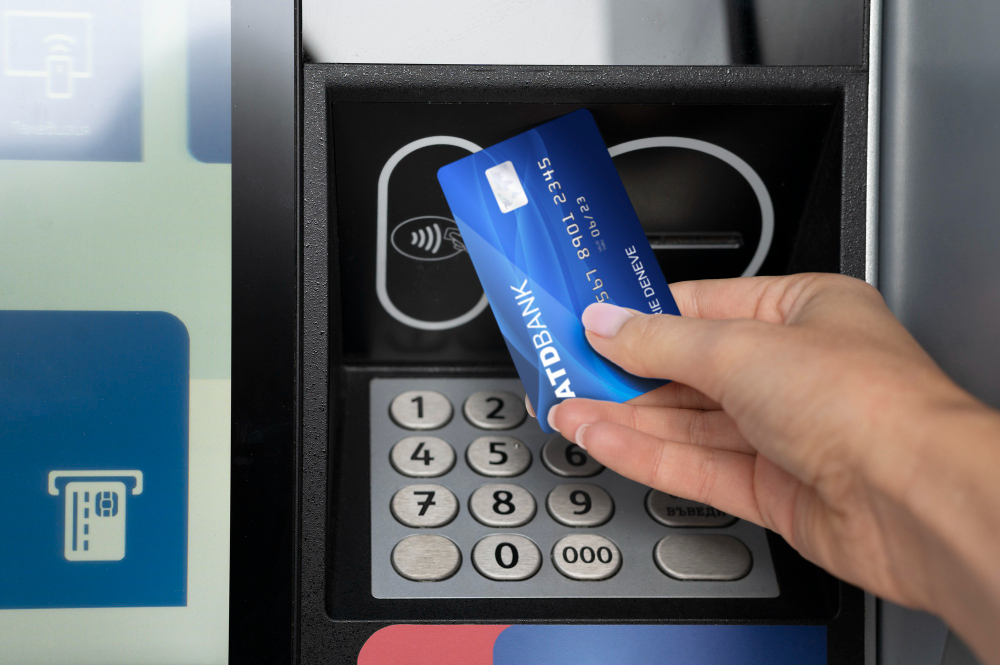When it comes to banking, choosing the right bank account is a crucial first step. Whether you’re opening your first account or switching from an old one, knowing what to look for can save you time and money. In this guide, we’ll walk you through everything you need to know, from understanding different types of accounts to finding one with the best rewards. Let’s dive in!
Understanding Different Types of Bank Accounts
Checking Accounts
Checking accounts are the workhorses of personal finance. They are designed for everyday transactions like paying bills, making purchases, and withdrawing cash. You’ll usually get a debit card, checks, and online banking access.
What to Look For:
- Fees: Check for monthly maintenance fees. Some banks waive these if you meet certain requirements, like maintaining a minimum balance or setting up direct deposits.
- Overdraft: Understand the overdraft policy. Some banks offer overdraft protection, but it might come with a fee.
- Accessibility: Ensure the bank has convenient ATMs and branches, or offers robust online banking.
Savings Accounts
Savings accounts are intended for storing money you don’t need to access frequently. They usually offer higher interest rates compared to checking accounts, making them ideal for building an emergency fund or saving for a big purchase.
What to Look For:
- Interest Rates: Compare rates to maximize your earnings.
- Fees: Look out for fees that might eat into your savings. Some accounts have fees for falling below a minimum balance.
- Accessibility: While you want easy access in an emergency, frequent withdrawals might incur penalties.

Money Market Accounts
Money market accounts blend features of checking and savings accounts. They often come with higher interest rates and may offer check-writing privileges.
What to Look For:
- Interest Rates: Typically higher than regular savings accounts.
- Minimum Balance: These accounts often require higher minimum balances.
- Access: Limited transactions per month; ensure you can manage with the restrictions.
Evaluating Bank Fees
Monthly Maintenance Fees
Many banks charge a monthly fee just for having an account. These can range from a few dollars to $15 or more.
How to Avoid:
- Opt for accounts with no monthly fees.
- Maintain the required minimum balance.
- Set up direct deposit.
Overdraft Fees
Overdraft fees can be quite hefty, sometimes around $35 per occurrence.
How to Avoid:
- Link your checking account to a savings account for overdraft protection.
- Sign up for text or email alerts when your balance is low.
- Monitor your account regularly.
ATM Fees
Using an out-of-network ATM can cost you several dollars per transaction.
How to Avoid:
- Use ATMs within your bank’s network.
- Choose a bank that reimburses out-of-network ATM fees.
Seeking Rewards and Cashback Opportunities
Cashback Rewards
Some bank accounts offer cashback on certain transactions, similar to credit cards. This can be a great way to earn a little extra on your regular spending.
What to Look For:
- Eligible Transactions: Understand which purchases qualify for cashback.
- Limits: Be aware of any limits on the amount of cashback you can earn.
Other Rewards
Other rewards might include interest on checking account balances, discounts on loan rates, or even travel perks.
What to Look For:
- Interest Rates: Some checking accounts offer interest on your balance.
- Partner Deals: Banks often have partnerships that provide discounts on various services.
Considering Online vs. Traditional Banks
Online Banks
Online banks typically offer higher interest rates and lower fees because they don’t have the overhead costs of physical branches.
Benefits:
- Higher interest rates on savings.
- Lower fees and minimum balances.
- Advanced online and mobile banking features.
Traditional Banks
Traditional banks offer face-to-face service and a broader range of services, including safe deposit boxes and more robust support for complex financial needs.
Benefits:
- Personal customer service.
- Access to physical branches.
- Full range of banking services.
Assessing Customer Service and Convenience
Customer Service
Good customer service is invaluable. Whether you prefer in-person assistance or 24/7 online support, make sure the bank meets your needs.
What to Look For:
- Availability: 24/7 customer support can be a lifesaver.
- Reviews: Check online reviews and ratings.
- In-Person Support: If you prefer face-to-face interactions, ensure there are branches nearby.
Convenience
Consider how you prefer to manage your money. Do you need a bank with lots of ATMs? Do you prefer online banking?
What to Look For:
- ATM Network: A wide network of ATMs can save you money on fees.
- Mobile App: A good mobile app can make banking easier and more accessible.
- Branch Locations: If you often need in-person service, choose a bank with convenient branch locations.

Making Your Final Decision
Compare Options
Make a list of what’s most important to you—be it low fees, good customer service, or high rewards. Then, compare several banks side by side.
Steps to Take:
- List Your Priorities: Determine what features are most important.
- Research: Look into several banks and compare their offerings.
- Visit or Call: Don’t hesitate to ask questions directly.
Read the Fine Print
Before opening an account, carefully read the terms and conditions. Look out for any hidden fees or conditions that might affect you.
What to Watch For:
- Hidden Fees: Ensure you understand all possible fees.
- Terms: Check the terms for rewards and interest rates.
- Requirements: Make sure you can meet any requirements to avoid fees.
Start Small
If you’re unsure, start with a basic account and upgrade as your needs evolve. It’s easier to switch accounts within the same bank than to move to a new one entirely.
Tips:
- Open a Basic Account: Get comfortable with the bank’s services.
- Monitor Your Needs: As your financial situation changes, consider upgrading.
Choosing the right bank account doesn’t have to be overwhelming. By understanding your needs and doing a bit of research, you can find an account that fits your lifestyle perfectly.


